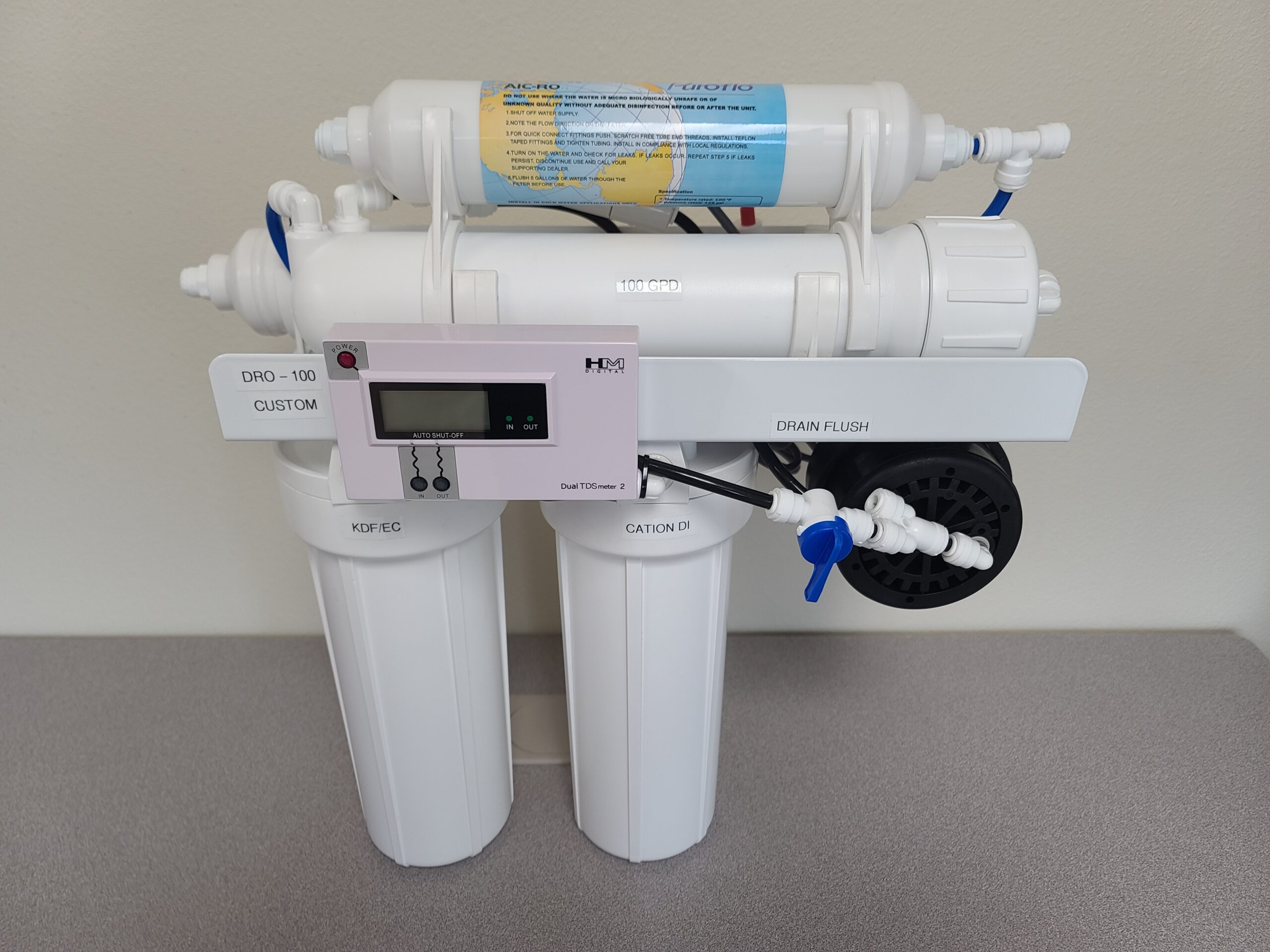Many of Maine’s communities rely on private well water but the water they use for drinking, bathing, and other activities goes untested and is not subject to any state or federal guidelines. People are advised and encouraged to get their water regularly tested to ensure that worrisome levels of bacteria and naturally occurring minerals have not crept in, but many residents fail to do so. If you think that the water in your well may be harmful, it might be a good idea to check out this well water filter by AquaOx, this will ensure that water in the well is safe and clean.
Maine is well-known for its picturesque waters and breathtaking mountains and views, yet the granite mountains affect the quality of water throughout the state. Excess fluoride is leaching out of granite and into Maine’s drinking water, potentially affecting other New England states as well.
The Effects of High Fluoride Levels In Private Well Water
Newly released data shows that in 10 communities in the state, private well water have dangerously high levels of fluoride, some of them containing more than double the level that the U.S. Environmental Protection Agency has deemed acceptable. When incorporated into the teeth, fluoride can harden the enamel, making it resistant to demineralization, which is the leading cause of tooth decay and cavities. And it may get worse if not treated on time. That is why, if you notice tooth decay in your mouth, contact the dentists Herndon first and then request a water inspection to determine the level of fluoride content in the water you drink.
Excess fluoride may damage both brain and bone in humans and can lead to pitted teeth and discoloration –which might result in people looking for a dentist near them using sites similar to https://www.1800dentist.com/. It also makes bone become brittle and more prone to fractures. Also, recent studies have also linked high levels of fluoride exposure with IQ deficits. Two dozen relevant studies performed outside the States indicated that high fluoride exposures reduced children’s IQs by an average of about 7 points.
Maine Water Data
In Dedham, data from 37 private wells indicates that 37.8% of the water is above the state’s maximum exposure guideline. Surry, Franklin, Prospect, Sedgwick, Penobscot, York, Harrison, and Stockton Springs have more than 10% of the wells with fluoride levels higher than the state cutoff. Homeowners voluntarily sent water samples into state labs for testing, providing a first snapshot of the problem in Maine.
Many public health advocates argue that the state’s suggested limit of 2mg/liter is far too high. The U.S. Department of Health and Human Services has proposed adding fluoride to water in concentrations no greater than 0.7mg/liter to avoid any unwanted health effects.
Lowering Fluoride Levels in Private Well Water
People living in areas with high fluoride concentrations can take steps to mitigate the problem. People frequently take no action even if their water is contaminated with far more harmful chemicals. 27% of Mainers did nothing about the high levels of arsenic in their private wells. Reports have shown that people lack concern about arsenic and are reluctant to pay for any mitigation action.
There are 4 common solutions to the fluoride problem: distillation, reverse osmosis, activated alumina and BC-Carbon. Distillation is capable of removing just about anything, except volatile compounds from water. Time and energy consumptive, distillation leave water empty and lifeless. You will need to add minerals back to it and should consider structuring and energetically enhancing distilled water.
Reverse osmosis (RO) can remove between 90-95% of fluoride, depending on the efficiency of the system and on how the well system is maintained. Contaminants are trapped by the RO membrane and flushed away in the wastewater. Quality RO systems include pre-filters, which remove volatile organic compounds, heavy metals, hard water minerals, and other contaminants. You will have to add salts and reintroduce life force to the RO water, in order to bring it back to energetic compatibility with the human body.
Activated alumina has a large surface area with a huge array of tunnel-like pores, and is the most commonly used fluoride removal media today. When used properly, it can remove arsenic and up to 98% of the fluoride in water. Although highly effective, the challenges with activated alumina are many:
- water must remain in contact with the media for a long time
- there is not enough time to absorb all the fluoride in the water when the flow rate is faster than ¼ gallon/minute
- the media becomes saturated with fluoride
- systems using activated alumina must be recharged/replaced often
- aluminum is released into the treated water
Bone-Char (BC) Carbon works similar to the way bones in the human body attract fluoride and has been used for centuries to remove naturally-occurring fluoride from water. BC-Carbon can remove up to 90% of the fluoride in water when used alone, but its efficiency can be improved by adding pre-filters that remove contaminants and heavy metals before exposure to the BC-Carbon.
About Dime Water
Our company has over 70 years of combined water treatment product experience and, over the years, has met the critical expectations of customers such as NASA, General Motors, the US Army, Mitsubishi and others. Dime Water has been in the San Diego area since 1994 and enjoys OEM status with a vast number of component manufacturers. Call us today at 760.734.5787 and get in touch with our water treatment experts!
Resources:










